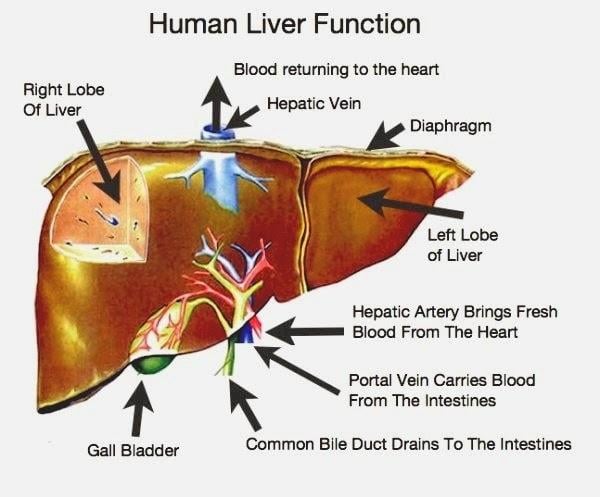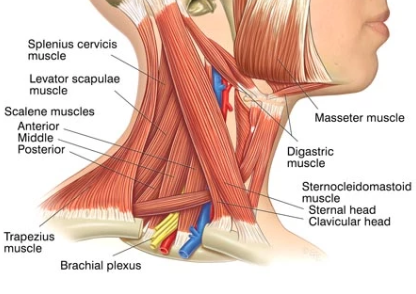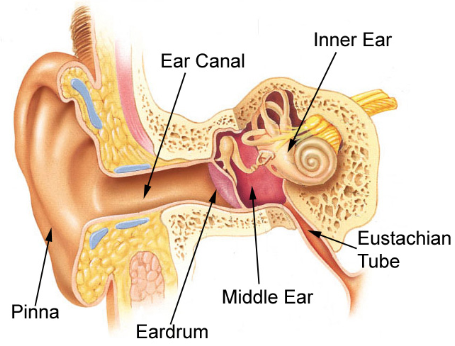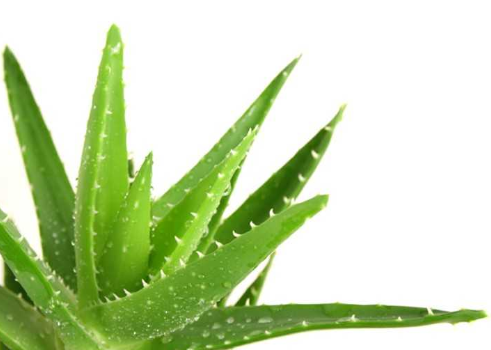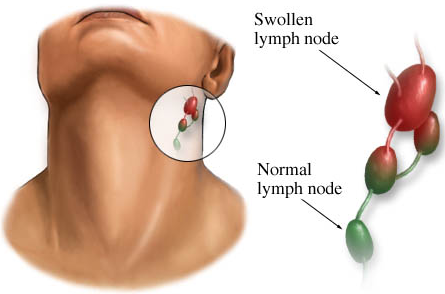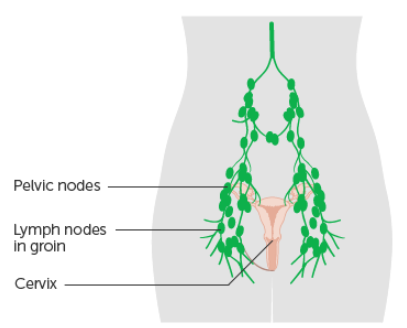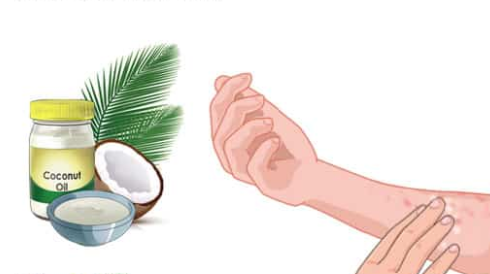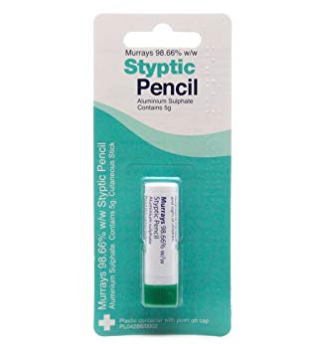The appearance of red bumps on the skin is a common condition. These bumps are harmless and are caused by an infection, an allergic reaction, a skin disorder, and skin cancer. Consult a dermatologist to conduct some test and examination on the condition. Get insight on the causes of red bumps on arms and some of the basic home remedies.
Why do I have Red Bumps on Arms?
Red bumps on the arms are said to be harmless. The skin condition is quite common among children and young adults. The bumps mainly appear on the upper arms, thighs, cheeks or buttocks. The bumps do not itch nor hurt.
Some of the common signs and symptoms of red bumps on the arms include:
- Painless small red bumps which occur on the upper arms, thighs, cheeks or buttocks
- Dry, rough skin in the areas with bumps
- Bumps tend to worsen when there is changes in weather due to low humidity where the skin tends to be drier
- Sandpaper-like bumps resembling goose flesh
These red bumps on arms occur due to buildup of keratin which is a hard protein that protects skin from harmful substances and infection.
The accumulation of these substances causes the blocking of the opening of the hair follicle. The clogging could result in patches of rough, bumpy skin.
There is not exact result that shows why there is buildup of keratin on the skin. But it may occur in association with genetic diseases or with other skin conditions, such as atopic dermatitis. Dry skin tends to worsen this condition.
What are these Itchy Red Bumps on Arms?
Here are the likely causes of itchy red bumps on arms:
- Allergic reactions
This is due to cosmetics, skincare, haircare, and even the laundry detergent. People tend to be allergic to preservatives, and some are more allergenic than others. Check the type of cosmetic and laundry you are using to avoid the appearance of red bumps on the skin.
- Eczema
This is a type off skin condition that results in different types of inflammation of the skin, or dermatitis. The red spots can appear anywhere on the body. The bumps mainly occur on the elbow creases or behind the knees. The rashes can be itchy, red, and dry.
- Keratosis pilaris
This is a common skin condition that result in the skin appearance as chicken skin. It causes skin cells to cluster around hair follicles, trapping the hair underneath and causing a raised bump. The condition mainly appears on the backs of the arms and thighs in large patches of rough, raised skin.
- Rubbing from fabrics
There are some cloth fabric when put on can result in itchiness which result in the development of rashes. This happens due to friction especially when working out and your clothes start to slide against your sweaty skin.
- Bug bites
Red bumps that are itchy develop after being bitten by certain bugs. It can also been seen with mosquito bites which result in a bumpy, itchy red rash around the area you were bit. The presence of red bumps in the morning is an indication of bug bites.
- Heat rash
It causes itchy red bumps that may also feel prickly and tingle, and usually happens around the neck or other areas where sweat becomes trapped beneath clogged pores. The rash is common in hot, humid weather, and usually goes away on its own once the skin is cooled down.
- Allergic reactions to food or medicine
Eating foods that react to your body could result in the development of hives. Hives are itchy, red rash that appears as welts (very large bumps). Consult your dermatologist in cases of allergies to foods and medications since it can be dangerous.
- Sun allergy
The most common type is sun poisoning. This condition occurs due to a reaction to a sudden burst of sun exposure. The condition mainly affects the forearms, shoulders and the back.
What is this Keratosis Pilaris
This is a common skin condition that result in the development of tiny red bumps on the arms. Most of these bumps on the skin look like goosebumps or the skin of a plucked chicken. These bumps can be mistaken as small pimples on the skin.
The appearance of the red bumps on the skin could be due to clog of dead skin cells. The clogging of the dead skin cells mainly occur on the upper arms and the front of the thighs. These bumps occur on the cheeks of the children.
These bumps on the skin are said to be harmless but in cases where you get bothered, consider seeking for treatment. Treatment will help you see the skin clearer since it helps to ease the symptoms.
The first thing you should do is to treat the dry skin which make the bumps to be more noticeable. In Europe, these bumps are more common during winter and they do disappear during summer.
Some of the common signs and symptoms of Keratosis pilaris include:
- The skin become dry and rough
- The skin looks like a plucked chicken or goosebumps
- The spots become noticeable during winter or dry climate
- Itch
- Color of bumps varies. Some will be white, red, pinkish purple (on fair skin), and brownish black (on dark skin)
There are certain medicines that can be prescribe by a dermatologist and will help to get rid of dead skin cells. These medicines contain the following ingredients:
- Alpha hydroxyl acid
- Glycolic acid
- Lactic acid
- A retinoid (adapalene, retinol, tazarotene, tretinoin)
- Salicylic acid
- Urea
The following are some of the factors that increase the risk of getting keratosis pilaris:
- Close blood relatives who have keratosis pilaris
- Asthma
- Dry skin
- Eczema (atopic dermatitis)
- Excess body weight, which makes you overweight or obese
- Hay fever
- Ichthyosis vulgaris (a skin condition that causes very dry skin)
- Melanoma
What Causes keratosis Pilaris
The immediate cause of the KP is buildup of keratin. According to experts, there is not exact reason as to why some people develop excess keratin and others do not. Individual with dry skin, eczema, and skin allergies are more susceptible of getting KP.
Dry and cold climate tend to make the skin to become drier hence making it prone of getting KP. KP also appears to have a genetic component. According to experts, the tendency to develop KP is a genetically dominant trait. This is where people who have one parent with KP are at a significant risk of developing the condition themselves.
A 2012 study looked at 25 people with a history of keratosis pilaris and found that the hair follicles affected by KP were coiled. This tries to explain the reason why not only accumulation of keratin on skin can cause the condition but also ingrown hairs.
Research also shows that the circular hair shaft bursts the tissue lining the hair follicle. This will result in inflammation that may cause abnormal patterns of keratin buildup.
KP is not linked to any serious health concerns. KP bumps do not become cancerous. They are not contagious, and they do not typically become infected.
Ways on how to manage KP include:
- Frequent moisturization
- Avoiding dry skin
- Avoiding allergens
- Treat underlying skin conditions
- Topical creams
- Chemical exfoliation
Reasons for Small Bumps on Arms that Itch
Some of the possible causes of bumps on the arms include:
- Hives
The condition occur as a result of an allergic reaction to food, environmental surroundings (i.e., dust), or medication. It causes development of some itchy rashes on the arms. The red spots have the ability of occurring anywhere on the body.
- Psoriasis
The skin condition result in the formation of a thick red rash that appear as white patches or silvery scales. The skin condition mostly appears on the scalp, elbows, knees, and lower back. The condition causes itching effect and it is due to compromised immune system.
- Acne
This is a condition that mainly occurs in teens due hormonal imbalances at puberty. It occurs as whiteheads, blackheads, and inflamed red lesions on shoulders and arms as well as back. Sometimes, they are caused when the skin pores are blocked by oil, bacteria, and dirt.
- Shingles
These bumps are caused by chicken pox. These bumps begin like rashes then develop into painful and itching blisters. They last for several weeks before disappearing. People who get chicken pox during their childhood are susceptible of getting shingles.
- Skin Tags
It results in the formation of a flap of flesh-colored tissue that protrudes from a “stalk” near the shoulder of the arm, neck, armpit, and chest. It develops where there is constant rubbing of the skin. This is a harmless condition and it mainly occurs in women and other seniors.
- Warts
Warts are contagious in nature and it result in the development of raised bumps on hands and feet. Most warts are caused by human papillomavirus (HPV) and are painful, and stubborn to eradicate.
- Herpes Stomatitis
This is a viral infection that results in mouth ulcers and inflammation. It can also be caused by a mouth injury, a virus or bacteria tobacco use, chemotherapy or radiation treatment, immune system conditions (i.e., Crohn’s disease), or irritation from mouth braces.
- Carbuncle
This is a skin infection that occurs when the lump of hair follicles become infected deep in the skin. The lumps may be filled with a mass of pus. After healing, it can cause a permanent scar and it can appear on ay part of the body.
- Impetigo
This is a contagious skin condition that mainly occurs in babies and toddlers. It occurs due to diaper irritation, or irritation due to bacterial infection of the face, neck, and hands of infants. It rarely occurs in adults.
- Dyshidrotic Eczema
It results in raised, itchy, fluid-filled blisters on the soles of the feet and on the palms of the hands. It is caused by seasonal allergies or stress and it takes some months to disappear.
Do Bumps on Back of Arms mean Vitamin Deficiency
Vitamin D plays a vital role in the body since it helps to absorb calcium and enables healthy bone mineralization. It also plays other functions like staving off certain cancers and heart disease. It also has the ability of soothing the skin to be smooth and even free from hives and rashes.
According to MedlinePlus reports, the use of skin creams containing vitamin D can ease symptoms of keratosis pilaris. It several week for the condition to clear up completely.
According to the University of Nebraska Medical Center, eating food rich in Vitamin D help to get rid bumps on the skin or outbreak of chronic hives. Vitamin D supplementation might offer relief to people who get the itchy skin bumps.
According to the Harvard School of Public Health survey reports, about tens of millions of Americans have low blood levels of vitamin D. Part of the reason is because vitamin D is created in the body when ultraviolet sunlight hits the skin.
It is advisable to going outside in the sun for 15 minutes, three times weekly, to help the body synthesize vitamin D. This is according to Dr. Michael Holick from the vitamin D skin and bone research laboratory at Boston University.
How to Get Rid of Red Bumps on Arms
The following are ways on how to get rid of red bumps on arms:
- Exfoliation
Daily skin exfoliation is the only simple way on how to deal with red bumps on the back of the arm. Exfoliation helps to get rid of dead skin cells, accumulated dead skin debris around the hair follicles and even opening up of the skin pores.
This should be done on a regular basis in order a smooth feel of the skin. The expected period of improvement should be 2 weeks. This should either be done at home or by a specialist in a beauty parlor.
Skin exfoliation can either be done mechanically or by use of chemicals on the skin. In case of sensitive skin, mechanical exfoliation and use of chemical peels can cause skin irritation to some extent. The skin can also be rougher due to constant exfoliation that causes skin dehydration.
- Loofah or Sponge scrub
It is recommended to use a spongy scrub or loofah every time we take a bath in order to get rid of the keratosis pilaris on the affected part of the skin. You should consider using konjac sponge in case your skin is sensitive but a washcloth can also do. It is very gentle on the skin.
Avoid scrubbing the bumps at one go since it could irritate and inflame the hair follicles. Use a sponge with rougher texture in order to even out the bumps on several days. To keep the skin hydrated, apply the moisturizer.
- Oatmeal skin rub
You will require 2 Tbsp oatmeal crushed and 2-3 Tbsp water/milk. Oatmeal is a gentle scrubber and it does not react with the skin instead it makes it appear smooth. Obtain a mixture of either water or milk and apply on the affected area.
Massage the skin in a circular motion for some few minutes and then wash off. This makes the skin to appear messy but at the end, the skin will look smooth.
Alternative method put some oatmeal in a muslin cloth and the rub down the body while bathing. Apply a moisturizer after washing off the oatmeal residue.
- Olive oil skin rub
Requirements:
- 2 Tbsp olive oil
- 3 Tbsp table salt
Obtain a mixture of olive oil and table salt. The mixture forms a slight abrasive skin scrub that can help to remove red bumps on the arms. Rub the skin by massaging it for some time and then wash off.
Repeat the process on a daily basis since the salt act as an exfoliator while olive oil play a role of moisturizing the skin. Regular exfoliation is recommended for effective result.
- Coconut oil skin rub
Requirements:
- 2 Tbsp coconut oil
- 2 Tbsp granulated sugar/brown sugar
Coconut oil can be used in place of olive oil since it plays the same role. Obtain a semisolid paste from sugar and coconut oil which will melt down from the heat that comes from the body during rubbing. Massage the affected area in a circular motion before or after bath.
Wipe off the paste and rinse the area with normal water. The presence of anti-inflammatory properties in the coconut oil makes it ideal for sensitive skin. It can also be absorbed into the skin completely so rinsing with plain water to remove the sugar crystals should be sufficient.
- Baking soda and salt
Requirements:
- 2 Tbsp baking soda
- 2 tbsp table salt
Mix the two components with water to obtain a paste. Apply on keratosis pilaris affected area and leave for 5-10 minutes. Rub well and wash off. Repeat 3-4 times a week. Baking soda has a mild chemical, action while the salt provides the abrasive power.
- Apple cider vinegar
You might require 3-4 Tbsp apple cider vinegar. Use either a sponge or washcloth to apply directly on the affected area. Use a wet washcloth to help in diluting the apple cider vinegar and leave it to stay on the skin for some minutes like 30 minutes.
The acidity of the vinegar acts as a chemical exfoliating agent, helping to gently peel away the excess skin cells plugging the follicles. If the skin becomes too dry, use a moisturizing cream or a few drops of coconut oil.
- Yogurt
Apply yogurt directly on the affected part of the skin and leave the application to stay for some 30 minutes. Rinse off with gentle soap. The lactic acid in the yogurt exfoliates the skin chemically. The milk fats may moisturize the skin.
- Alpha Hydroxy Acids
These are organic acids such as citric acid, lactic acid, malic acid, and glycolic acid which have mild to medium exfoliating action depending on their concentration.
The use of creams that contain 10% alpha hydroxy acids can be used on the skin without causing any side effects. Massage the skin for better or effective result. Rinse off the cream after 10 minutes. People with sensitive skin should try to use lotions with 5% alpha hydroxyl acids.
- Vitamin A/retinol
Requirement:
- 1-2 capsules of Vitamin A
Use of both Vitamin A and its derivative retinol play a vital role on the skin as far as treatment of body acne is concern. They also help in removal of keratosis pilaris too since it help in regulation of keratin production and prevention of the follicles from getting clogged with dead cells.
Vitamin A helps to ease the inflammation in case of keratosis pilaris rubra faceii. Apply the paste of vitamin A on the affected area. Use your fingertips to rub on the KP. Wash off after 10-15 minutes. Avoid going out in the sun when you are using Vitamin A or retinol. They make the skin highly photosensitive.
- Diet modifications
Dry skin is known to worsen the state of keratosis pilaris. Therefore, making the skin to be hydrated from inside with plenty of fresh vegetables and fruit can be beneficial. Drink plenty of water. Oily fish, nuts and other foods rich in omega 3 fatty acids may be of help too.
According to the recent research, Keratosis pilaris has a genetic factor and this factor make it hard to get rid of the red bumps on the arms. Stick to a regular gentle exfoliating routine and keeping the skin moisturized at all times can definitely keep the unsightly bumps in check.
